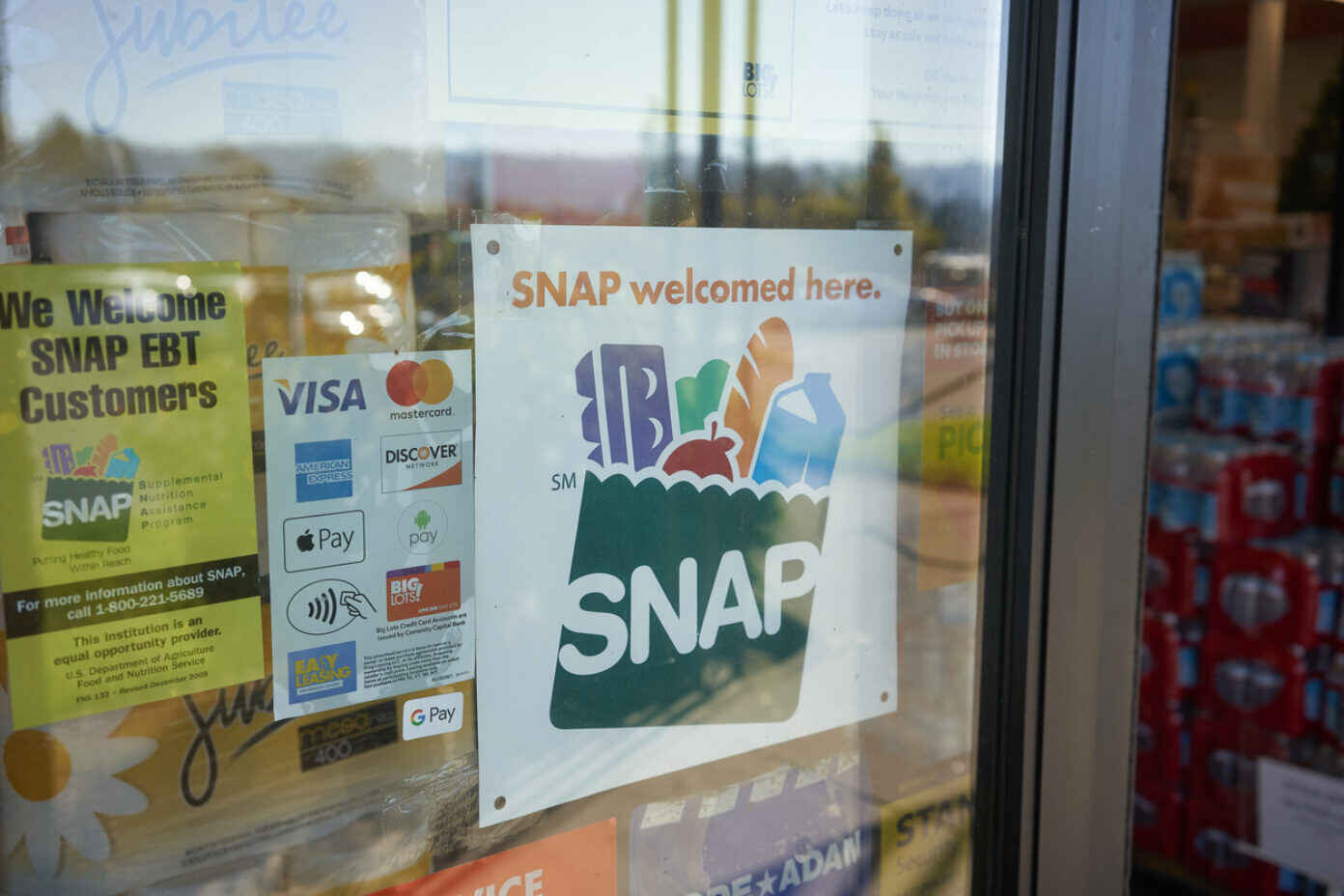Biden Administration Executive Order Results in Long-Needed Update to SNAP Nutrition Benefits
April 20, 2022
Overview
More than 13.8 million U.S. households lack the necessary food and nutrition to live an active and healthy life. The Supplemental Nutrition Assistance Program (SNAP) provides financial benefits to qualified individuals that can be used to purchase food. These benefits are based on the USDA’s Thrifty Food Plan (TFP), which was last revised in 2006. A January 2021 Biden Administration Executive Order urging the USDA to promptly update the TFP to reflect the current cost of food resulted in a 21 percent increase in SNAP benefits.

Food insecurity, or the lack of consistent access to the necessary food and nutrition to live an active and healthy life, plagues the U.S. In 2020, 13.8 million U.S. households experienced food insecurity. Health issues including diabetes, hypertension, hyperlipidemia, asthma, poor mental health, birth defects, and impaired cognitive development have all been linked to food insecurity. Further, this issue disparately impacts Black and Latina/o communities. While 8.1 percent of White people living in the U.S. experience food insecurity, 21.2 percent of Black and 16.2 percent of Latina/o people in the U.S. struggle with this issue.
The Supplemental Nutrition Assistance Program (SNAP) is the largest nutrition assistance program in the country and aims to address food insecurity by providing financial benefits to qualified individuals that can be used to purchase food. Households participating in SNAP include some of the most disadvantaged populations, including low-income adults and out of work individuals, with more than a quarter of households including seniors or individuals with disabilities. While these benefits do help families and individuals in need, the calculations used to allocate benefits have not kept up with inflation and in 2019 averaged $1.40 per meal per person. Beneficiaries report that they need $10 to $20 more in benefits per person per week to meet food needs, and these estimates have been confirmed by independent research on SNAP.
SNAP benefits are based on the USDA’s Thrifty Food Plan (TFP). The TFP is the cost of groceries needed to provide a family of four with a nutritious diet at a low cost. However, last revised in 2006, the plan has failed to keep up with its objectives, requiring revision. The 2018 Agricultural Bill included a mandated re-evaluation of the plan every five years to keep the program relevant and effective. In January 2021, the Biden Administration released an Executive Order urging the USDA to promptly update the TFP to reflect the current cost of food.
In August 2021, the new plan was released concluding that a cost-effective diet is 21 percent higher than the previous TFP. As a result, the average SNAP benefit increased by $36.24 per person, per month, or $1.19 per day, for Fiscal Year 2022 beginning on October 1, 2021. The new plan was calculated using updated purchasing data from stores compared to the last TFP that used self-reported data from SNAP households. The new TFP includes more fish and red and orange vegetables to align with recommendations in the Dietary Guidelines for Americans, 2020-2025.
The Biden Executive Order included other measures to address food insecurity. First, it increased the benefit allotments by 15 percent for the Pandemic Electronic Benefits Transfer (P-EBT) that provides funds to cover meals that would have been provided by school meal programs during school closures. The order also encouraged the USDA to issue guidance allowing states to increase emergency SNAP allotments, permitting an additional 12 million individuals to receive enhanced SNAP benefits. These measures, in addition to the revised TFP, are essential to meeting the food and nutrition needs of the population as well as battling racial disparities in food security.
This post was written by Olivia Clark, J.D. Candidate 2022, University of Maryland Carey School of Law and reviewed by Mathew Swinburne, J.D., Associate Director, Network for Public Health Law – Eastern Region Office.
The Network for Public Health Law provides information and technical assistance on issues related to public health. The legal information and assistance provided in this document do not constitute legal advice or legal representation. For legal advice, readers should consult a lawyer in their state.
Support for the Network is provided by the Robert Wood Johnson Foundation (RWJF). The views expressed in this post do not represent the views of (and should not be attributed to) RWJF.
